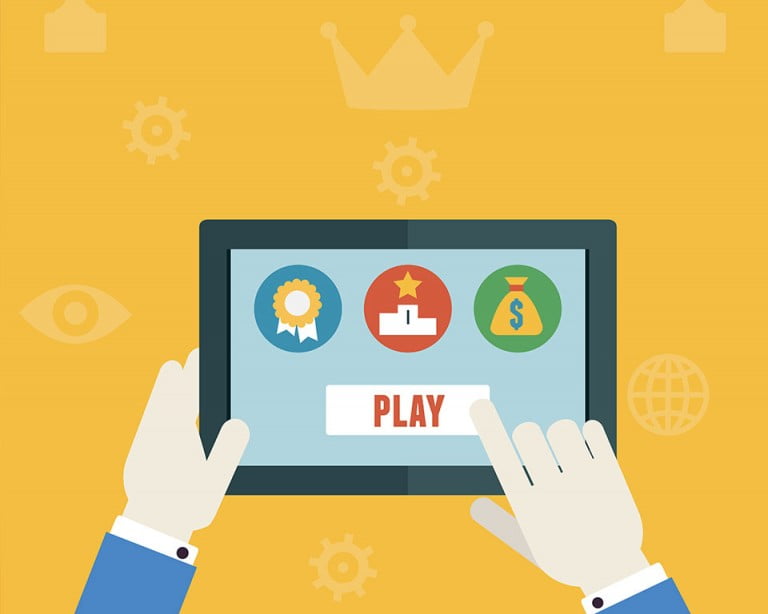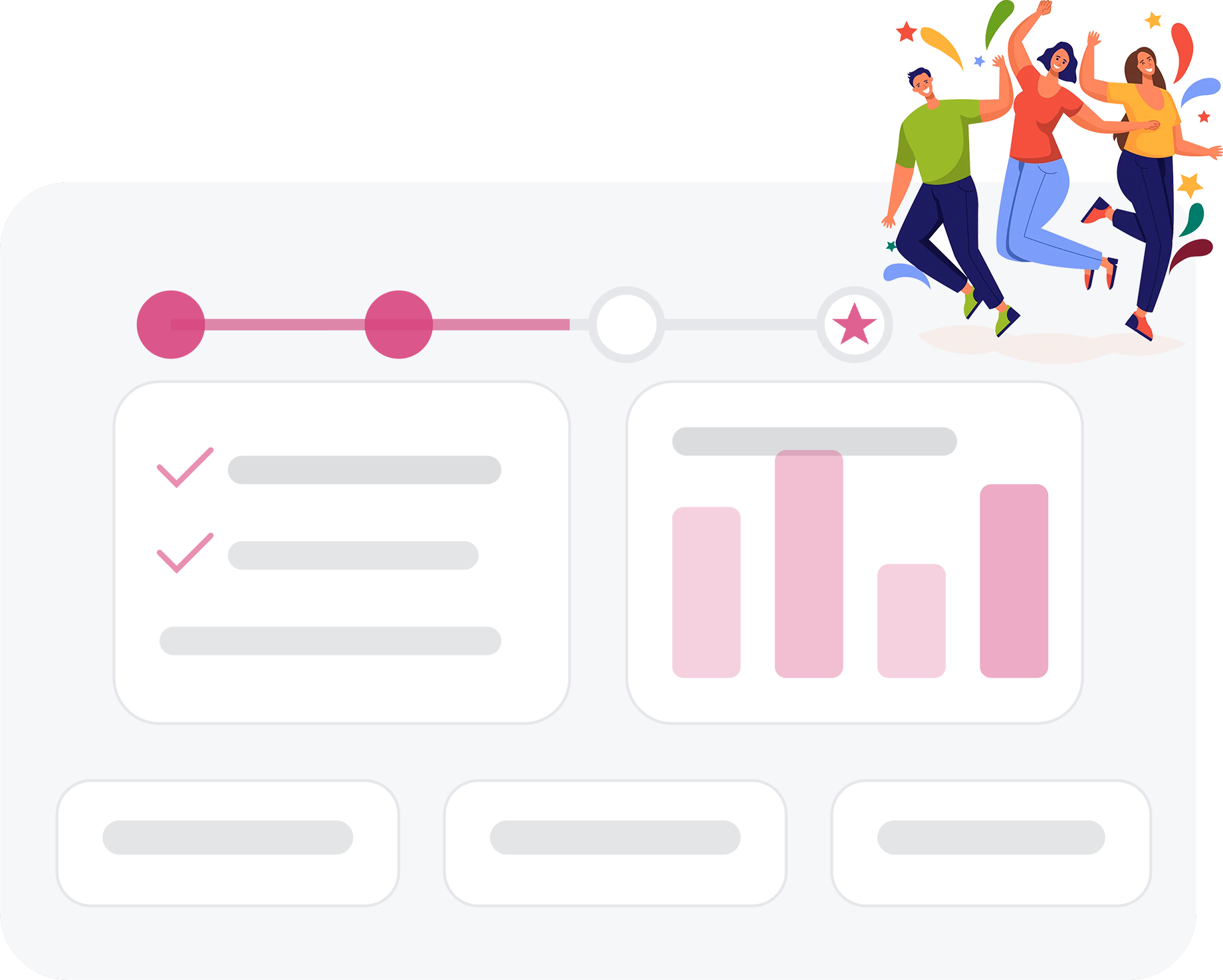 Enterprise gamification, also known as business gamification, refers to the application of gamification principles and techniques within an organizational setting to drive employee engagement, improve productivity, and achieve business objectives.
Enterprise gamification, also known as business gamification, refers to the application of gamification principles and techniques within an organizational setting to drive employee engagement, improve productivity, and achieve business objectives.
It involves leveraging game elements, mechanics, and design principles to transform work-related activities and processes into more engaging and enjoyable experiences.
In enterprise gamification, game-like elements such as points, levels, badges, leaderboards, challenges, and rewards are incorporated into various aspects of the business environment, including employee training, performance management, collaboration, innovation, and customer engagement. The goal is to tap into the intrinsic motivators of employees, such as competition, achievement, and a sense of progress, to enhance their participation and performance.
Benefits of gamification in organizations
Gamification techniques have gained reputation among talent management professionals in organisations. Gamification is defined as the use of game elements and mechanics such as scores, badges, and levels in processes that are not necessarily games. The possibilities for applying gamification techniques in organisations are unlimited. These techniques can be applied to various areas, starting from employee training, to their goals management, and going all the way to the socialisation between different members of teams or tribes. There are many examples of companies that have successfully applied gamification techniques in their internal processes, generating promising results in terms of the connection between the employee and the organization, but also with very positive results in the teams’ general performance. You may consult one of the examples here. Gamification has a considerable impact in 3 extremely important areas in People Management:
1. It has an impact on Employee Engagement
The application of gamification techniques in company processes allows employees to feel more connected to the organisation, since their experience includes a set of formal work activities, along with leisure and more informal activities. Therefore, the dynamisation of contents and activities enables a more interactive and fun environment to be created. Additionally, this connection also allows them to achieve higher performance levels. This dynamisation of contents carried out within the scope of their normal work functions enables the experience of employees to be more interactive and fun, making them more connected to the organisation as a whole. This connection allows employees to obtain higher performance levels (around 17%), also contributing to reducing turnover.
2. It has an impact on Knowledge Acquisition and Retention
The possibility of gamifying the learning content of employees allows, right from the start, for a greater interest in acquiring knowledge due to its differentiating element compared to other types of training. One example of gamification in training content can be through quizzes, where the employee may have to play various levels and/or game modes until they become an expert on the topic. Through game dynamics, the employee will feel constantly challenged, always seeking more information to reach the final goal. In addition, together with the use of the microlearning methodology, it is possible to convert complex and long contents into knowledge capsules, allowing the employee to retain knowledge more effectively.
About Microlearning
Microlearning is a learning approach whose strategy is to deliver relevant content in small, highly focused blocks on the topic to be addressed. It is the ideal way to find quick answers to specific problems.
Key features:
- Duration: As the name implies, microlearning is fast. The basic idea is that a training module can be completed in about five minutes. However, there are no hard and fast rules – it is all a matter of need and context.
- Focus: each formative module provides a focused answer to a single problem or question.
- Variety: microlearning content types include quizzes, video, audio podcasts and other documents.
- Optimised for mobile.

3. It has an impact on the organisation’s social well-being
One of the most important components of gamification is the element linked to scores, which can be used in rankings between employees, or even between teams and tribes. Rankings contribute to the stimulation of healthy competitiveness for an organisation, generating stronger interactions between employees, and contributing to their greater productivity. In addition, gamification brings a more fun and interactive element to the employees’ experience, contributing to their well-being in the normal course of their work, while conquering all previously defined objectives.
How can GFoundry be the answer you are looking for?
GFoundry is a digital solution that, through gamification techniques, boosts the engagement and performance of your employees. Through our Gamification Engine, you can apply different game components that reward your employees through their actions within the platform. For example, in the Learn Module, employees can access content such as PDFs, videos or quizzes that award points and virtual coins according to the viewing of that content. The points represent the basis for the rankings of employees, teams and tribes. Virtual Coins represent the available balance that users can use to exchange for items in the Market Module. Some examples of successful use of the Market Module are the possibility for employees to exchange the Virtual coins for company merchandising, vouchers in shops, or even contributions to social causes. Through the gamification of already recurring processes, employees can have a much more interactive experience, impactful and aligned with the general objectives of the organisation. In the end, you can access real-time information about their engagement!
Get to know our Modules and book a demo with us! Read more in this article from BND.
Keep on reading:
Ready to get started?
Take the next step and learn more about how GFoundry can help you.
